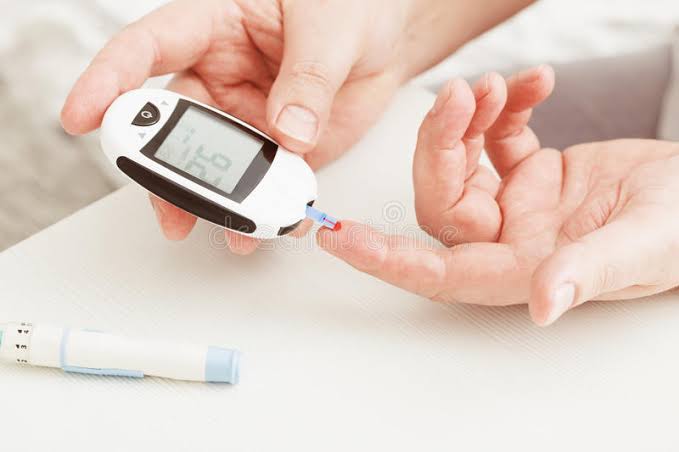Diabetes is a chronic medical condition characterized by high blood sugar levels. It affects millions of people worldwide and can have serious health consequences if left untreated. In this article, we’ll discuss what diabetes is, the types of diabetes, symptoms, and management.
What is diabetes?
Diabetes is a medical condition that occurs when the body cannot properly use or produce insulin, a hormone that helps regulate blood sugar levels. When the body cannot use insulin effectively, sugar builds up in the bloodstream, leading to high blood sugar levels. This can cause damage to various organs and tissues in the body, leading to a wide range of complications.
Types
There are three main types of diabetes: type 1 diabetes, type 2 diabetes, and gestational diabetes.
Type 1 is an autoimmune disease that occurs when the body’s immune system attacks and destroys the cells in the pancreas that produce insulin. This type of diabetes usually occurs in children and young adults and requires lifelong insulin treatment.
Type 2 occurs when the body becomes resistant to insulin or does not produce enough insulin. This type of diabetes is more common in adults and can often be managed through lifestyle changes, medication, and insulin therapy.
Gestational diabetes occurs during pregnancy when the body cannot produce enough insulin to meet the demands of the growing fetus. It usually resolves after delivery, but women who have had gestational diabetes are at higher risk for developing type 2 diabetes later in life.
Symptoms of diabetes:
The symptoms can vary depending on the type and severity of the condition. Some common symptoms include:
Frequent urination
Excessive thirst
Hunger
Fatigue
Blurry vision
Slow-healing wounds
Tingling or numbness in the hands or feet
Diagnosis and Management:
It can be diagnosed through a blood test that measures blood sugar levels. If you have been diagnosed with diabetes, it’s important to work with your healthcare team to develop a treatment plan that meets your individual needs.
Treatment typically involves:
Monitoring blood sugar levels regularly
Making dietary changes to manage blood sugar levels
Engaging in regular physical activity
Taking medication, such as insulin or oral medication
Managing other health conditions, such as high blood pressure and high cholesterol
Conclusion
It is a chronic medical condition that requires ongoing management to prevent complications. By understanding the types of, symptoms, and management options, you can take steps to manage your condition effectively and maintain good health. It’s important to work closely with your healthcare team to develop a personalized treatment plan that meets your individual needs. With proper management, people with diabetes can live long, healthy lives.
If you have questions or require more information on this article please click here or drop a comment below this article.
We have a product that helps to detoxify the kidney and liver which are the two main organs affected during diabetes, click here
To view our shop of herbal supplements Click here .

